Hello, this is Mr. Linen.
In early November, I visited DORSO for the first time and placed an order for my very first three-piece suit. The fabric was a sharkskin wool from DRAPERS—a brand recommended by the owner, Mr. Saito—with a versatile weight of 250g, perfect for year-round use.
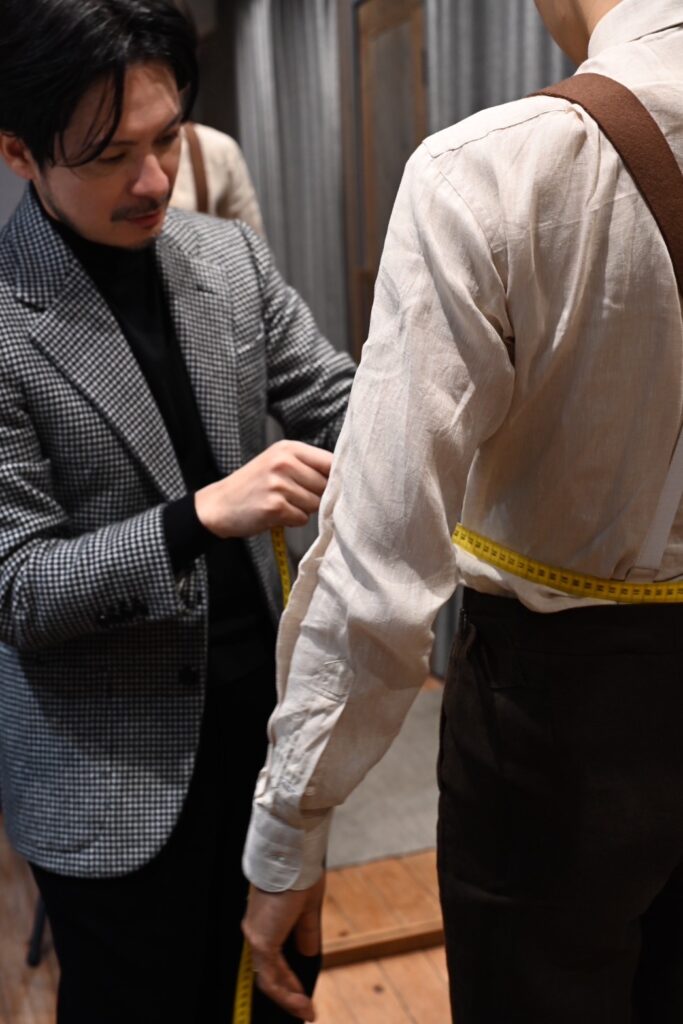
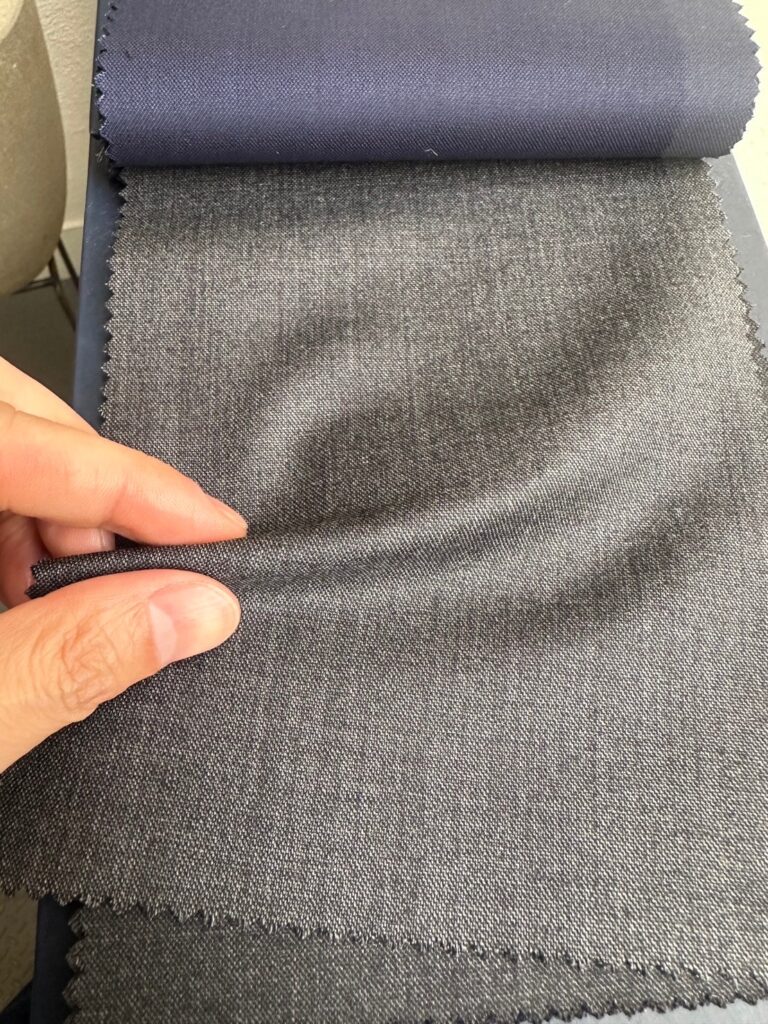
About a month later, I received a message saying the basted fitting was ready, so I returned for my second visit.
Here’s a summary of how it went.
Trousers
We started by checking the trousers.
I tend to prefer slightly wider trousers, so I requested a hem width of 22 cm. When I saw the basted trousers, I thought the silhouette was just right—not too wide, not too slim. So, I didn’t make any changes.
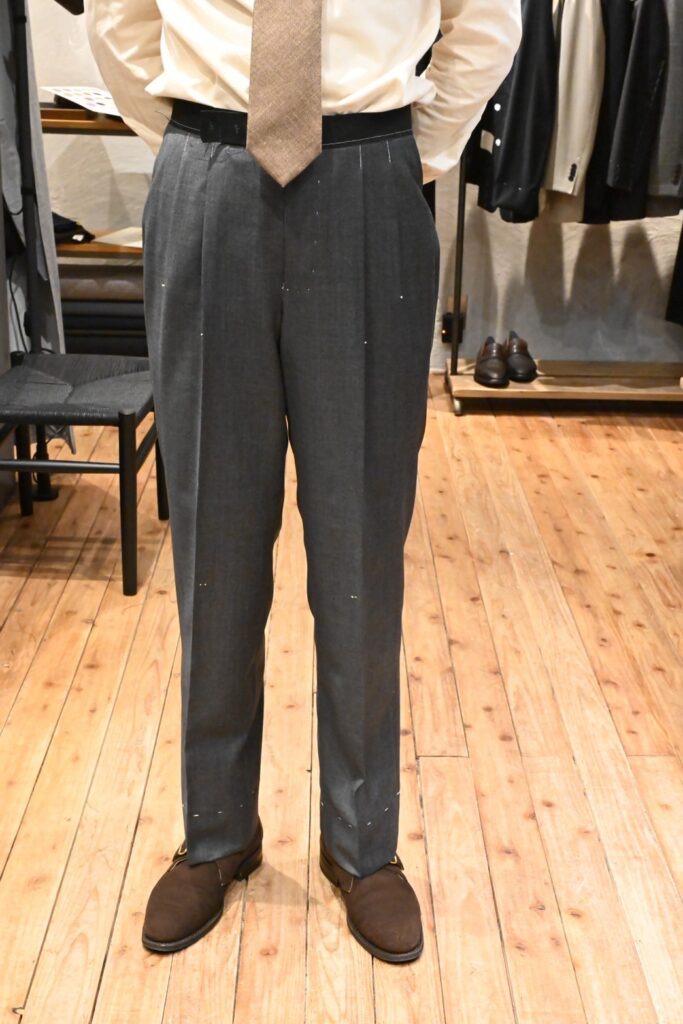
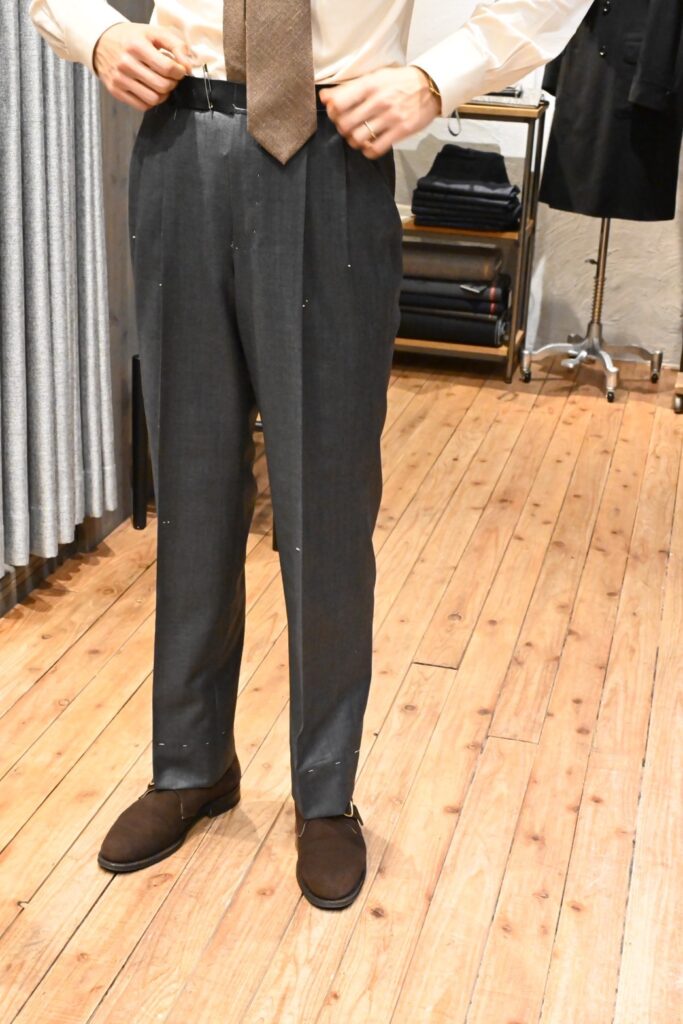
As for the length, I decided to have them extended by 1 cm from what you see in the photo.
That’s because I plan to wear them mainly with suspenders as part of the three-piece suit, which means the trousers will sit higher on my waist.
If I wore them without suspenders, they might shift lower as I moved around—but with suspenders, they’ll stay in place.
If the trousers are too long, they can always be shortened later, but if they’re too short, there’s not much you can do. So, when in doubt, longer is safer.
The owner, Mr. Saito also asked if I wanted the waist taken in more. But for the same reason—I’ll be wearing them with suspenders—I decided to leave a little extra room. No need to make them too snug.
Even though I’d only tried on the trousers at this point, I was already getting excited to wear the waistcoat and jacket too.
Waistcoat
Next was the waistcoat.
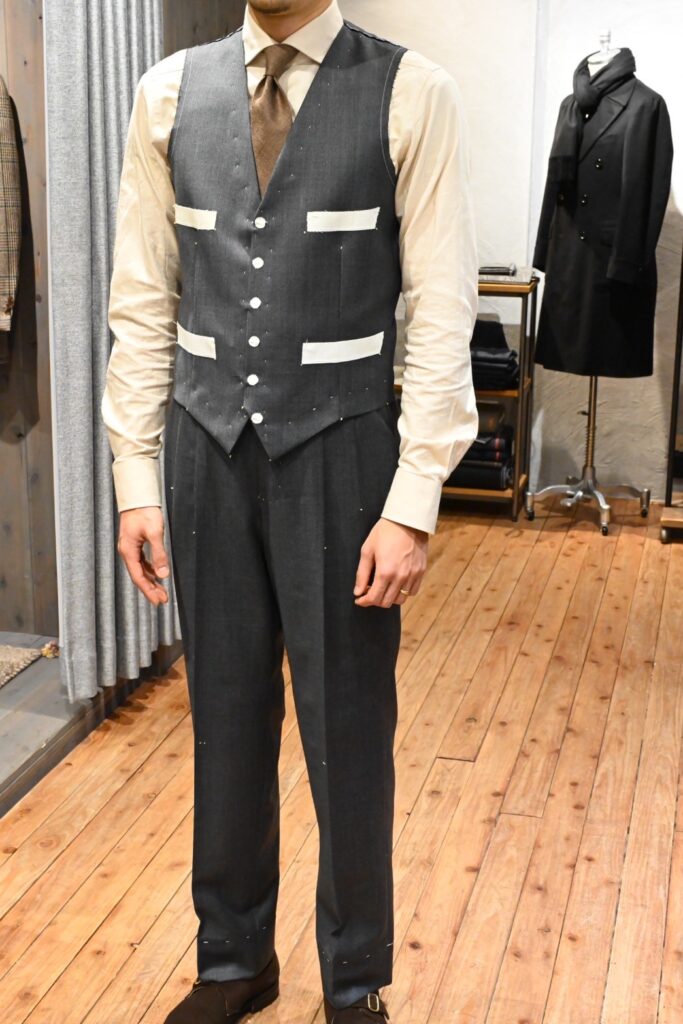
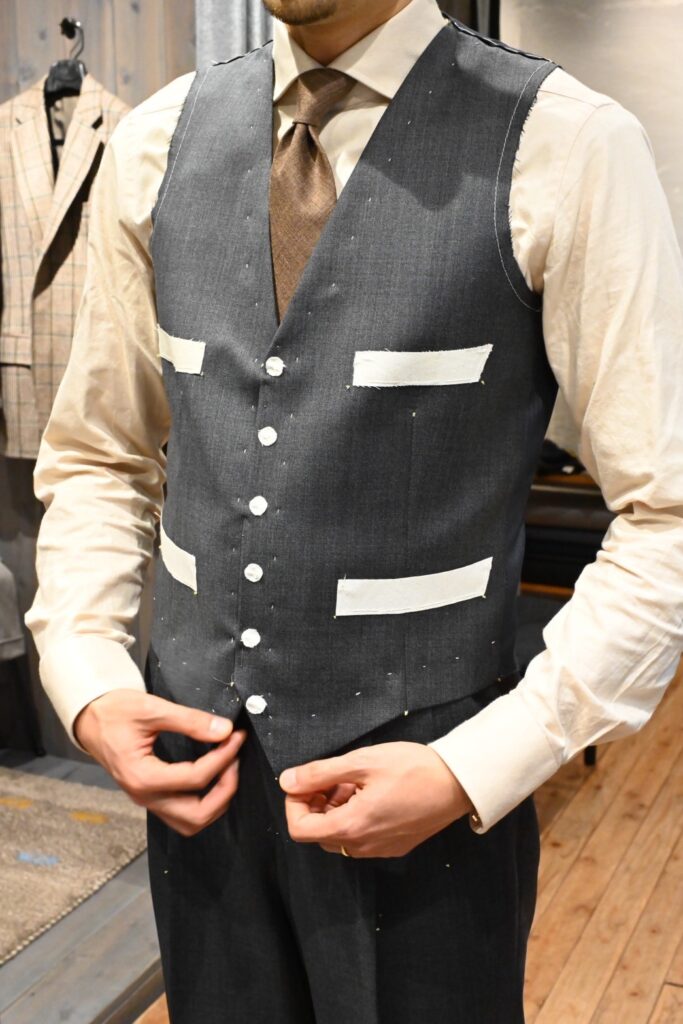
It was my first time putting on a made-to-measure waistcoat, and just slipping it on gave me a little thrill.
We checked the tightness and the length.
Mr. Saito told me that unlike jackets—which can be loose or snug depending on preference—a waistcoat looks best when it fits closely to the body.
That said, if it’s too tight, it can feel uncomfortable when sitting down.
Since I’m not used to wearing waistcoats, he advised that a small amount of ease might be more comfortable.
I followed that advice and asked for just a bit of room to be added. (The one in the photo is still too loose—we’ll take it in slightly.)
It’s still on the tighter side overall, but just enough room added to avoid discomfort.
As for the length, the standard is somewhere between the waistband and the top of the back pockets on the trousers.
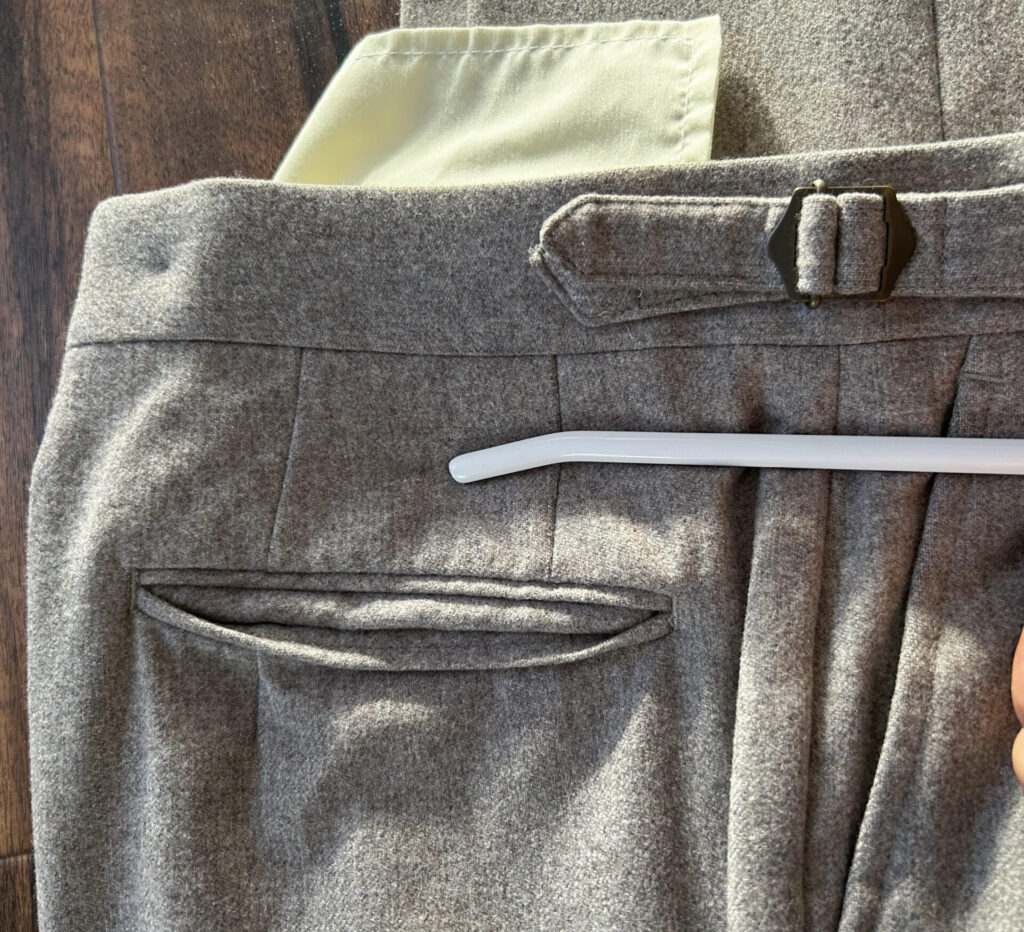
He also told me that, as long as you stay within a reasonable range, a slightly shorter waistcoat helps create the illusion of longer legs.
I considered going shorter—but then there’s the issue of the tie peeking out from underneath.
In the current state, the wide blade of the tie is just barely visible (though it’s off-center in the photo). Any shorter, and it would be too exposed.
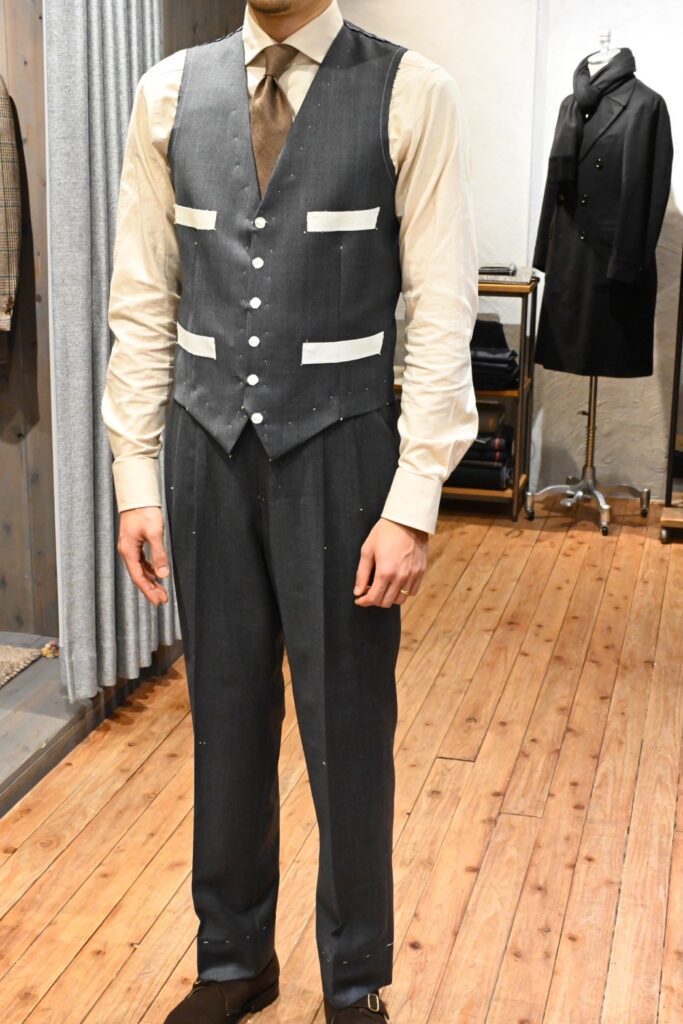
Mr. Saito said one option is to tuck the tie into the trousers when wearing a waistcoat, and I’ve also heard of people folding the tie upward and tucking it into the waistcoat.
Most off-the-rack ties are probably too long for three-piece suits in general. (at least in Japan.)
Ideally, I guess we should have different ties for two-piece and three-piece suits—but that’s not so practical.
So in the end, I decided to shorten the waistcoat just a little more than in the photo, and tuck the tie in when wearing the full ensemble to help my legs look longer.
Jacket
And finally, the jacket.
Even though it was still in the basted fitting stage, putting on the jacket and seeing the full three-piece ensemble come together made me feel genuinely happy.
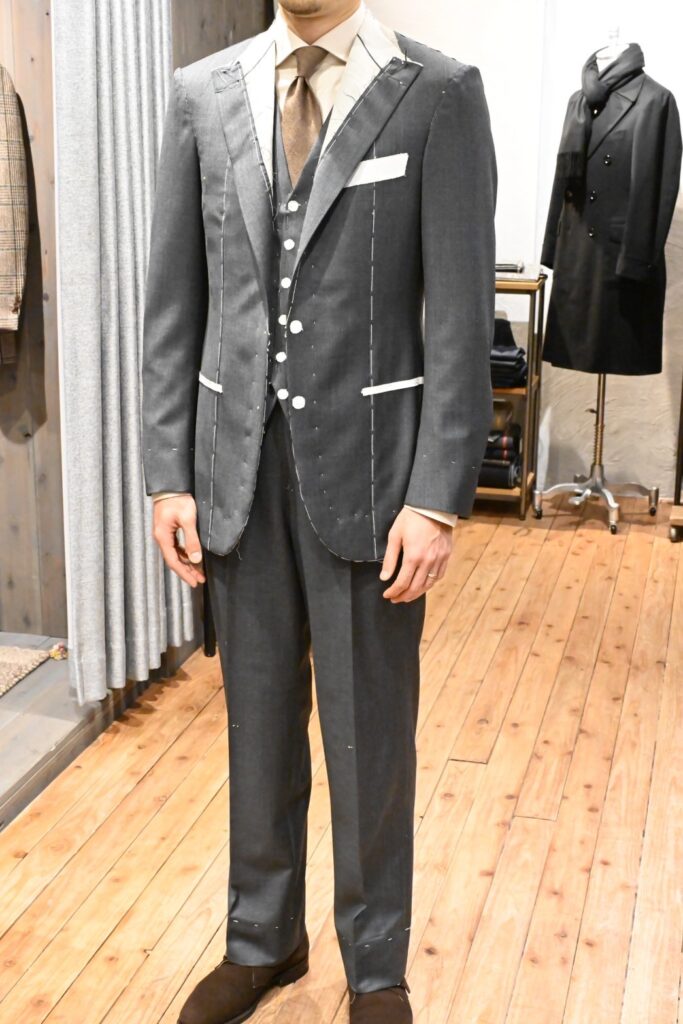
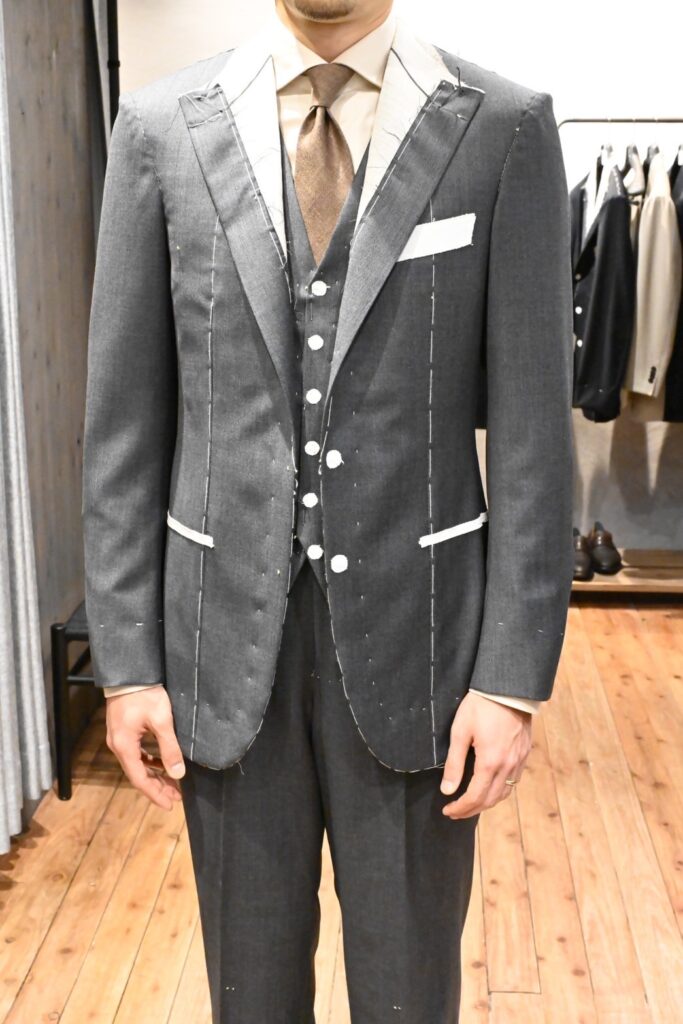
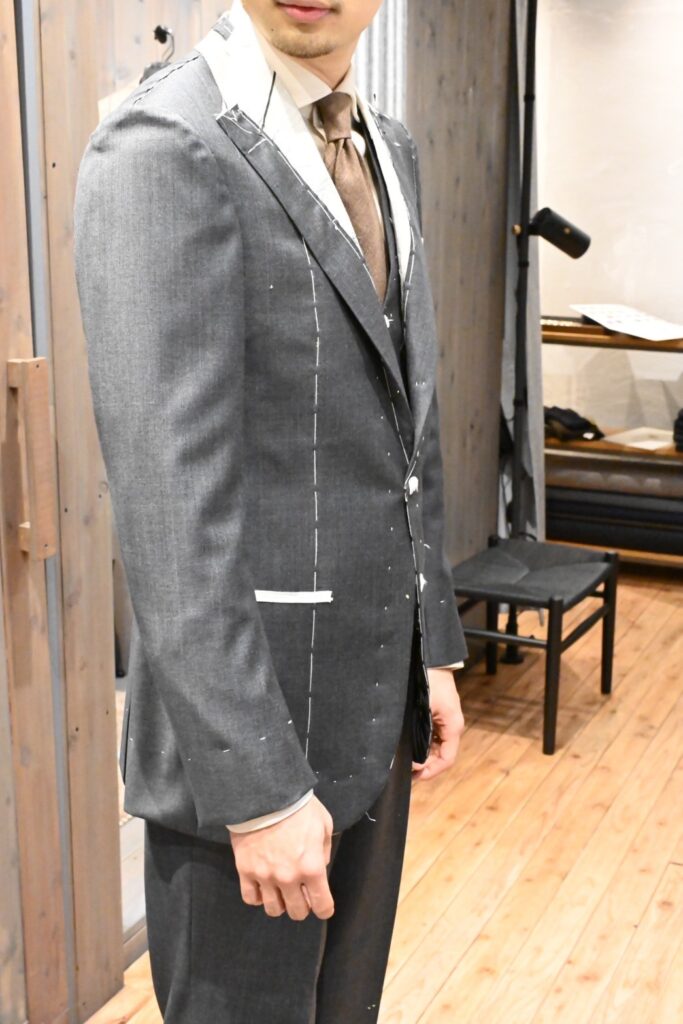
The fabric I chose—a medium grey with a subtle sheen—looked even better in full size than it had as a small swatch in the bunch book.
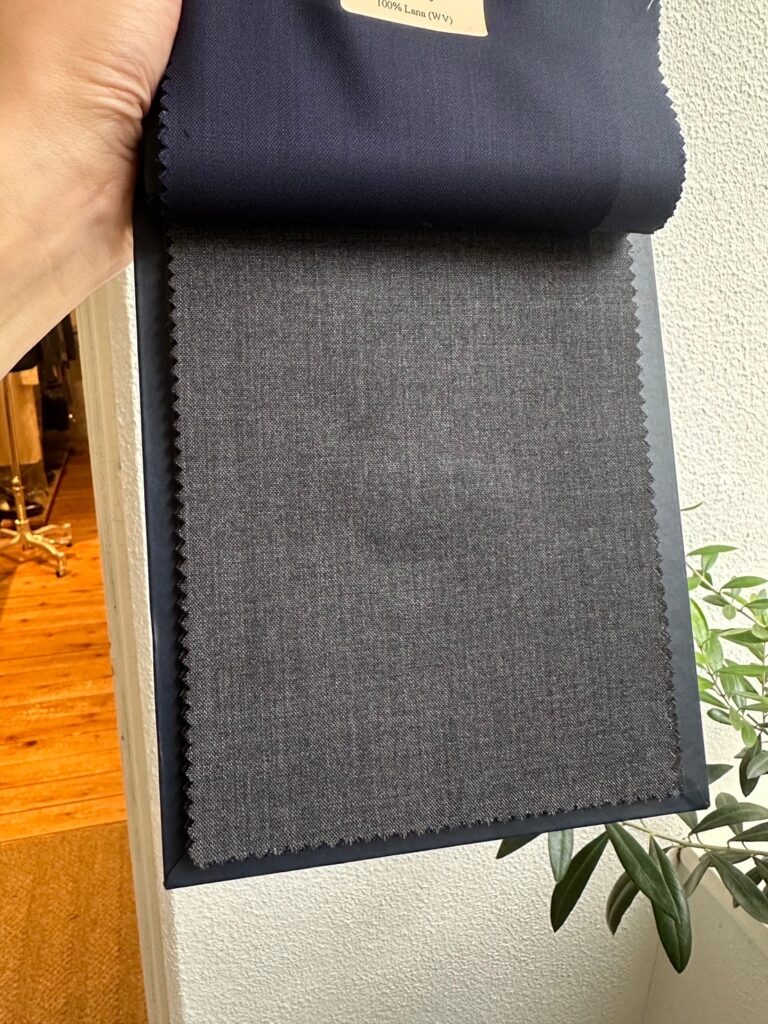
Of course, the jacket fitting is the most critical part. The key questions were: how much to suppress the waist, the overall length, and the sleeve length.
Waist suppression is a matter of personal preference, and to be honest, I’m still not sure what I like best.
I’m not a fan of overly tight, obviously custom-looking fits. But should it be a relaxed drape, or a sharply nipped-in British style? It’s a tough call.
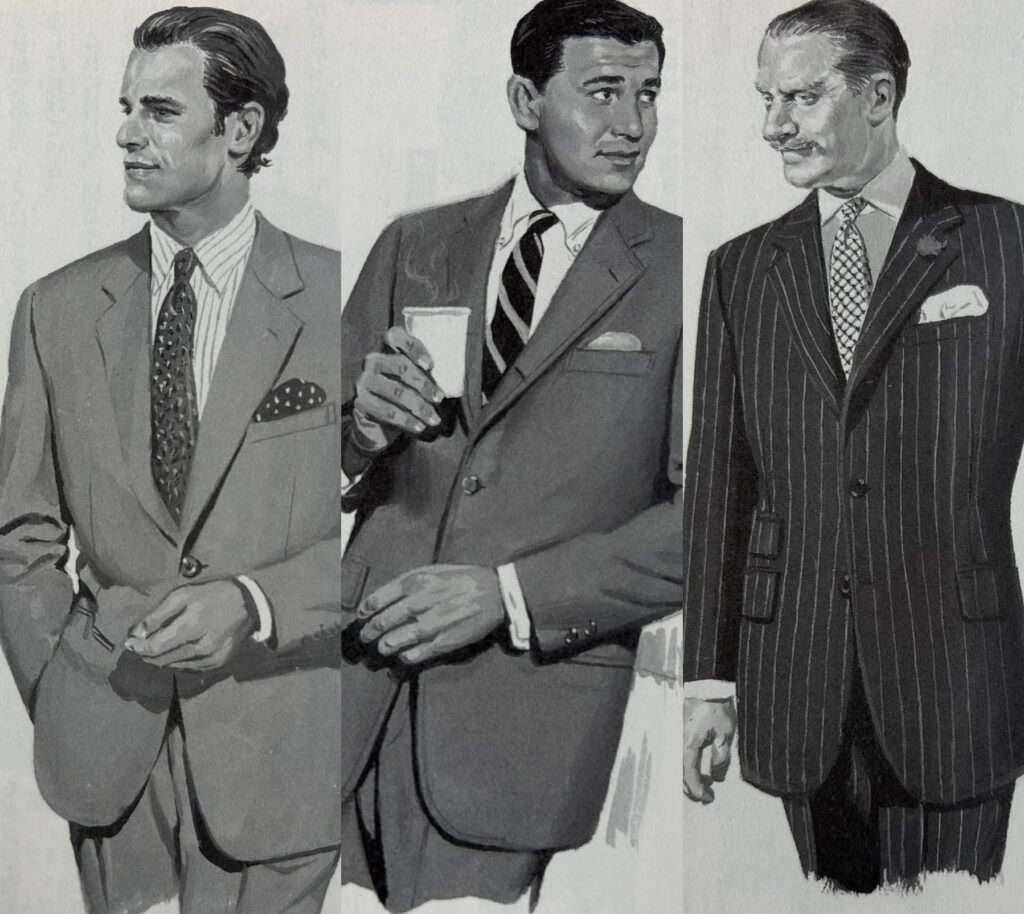
In the past, I’ve often gone with a strong waist suppression, but since this suit already features wide trousers, I felt like going for a slightly looser silhouette this time.
So, I asked for just a small amount of extra room compared to what you see in the photo.
I made no changes to the overall length—it fully covers my seat.
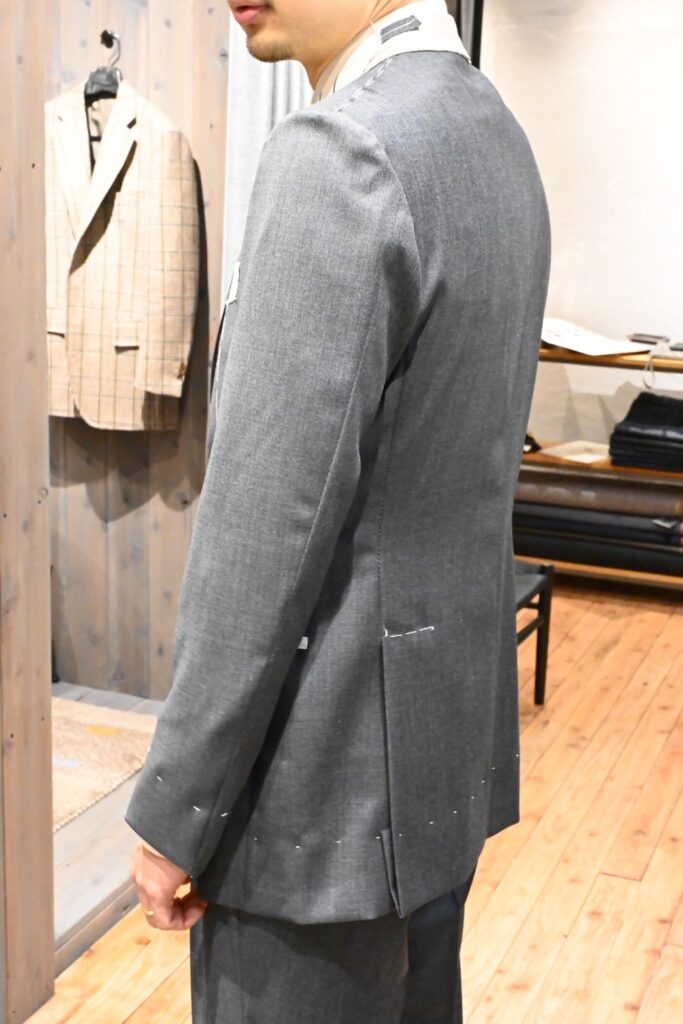
As for the sleeves, my shirt was showing about 5mm. That’s within an acceptable range, but I thought it would look nicer with just a bit more cuff showing, so we decided to shorten the sleeves slightly.
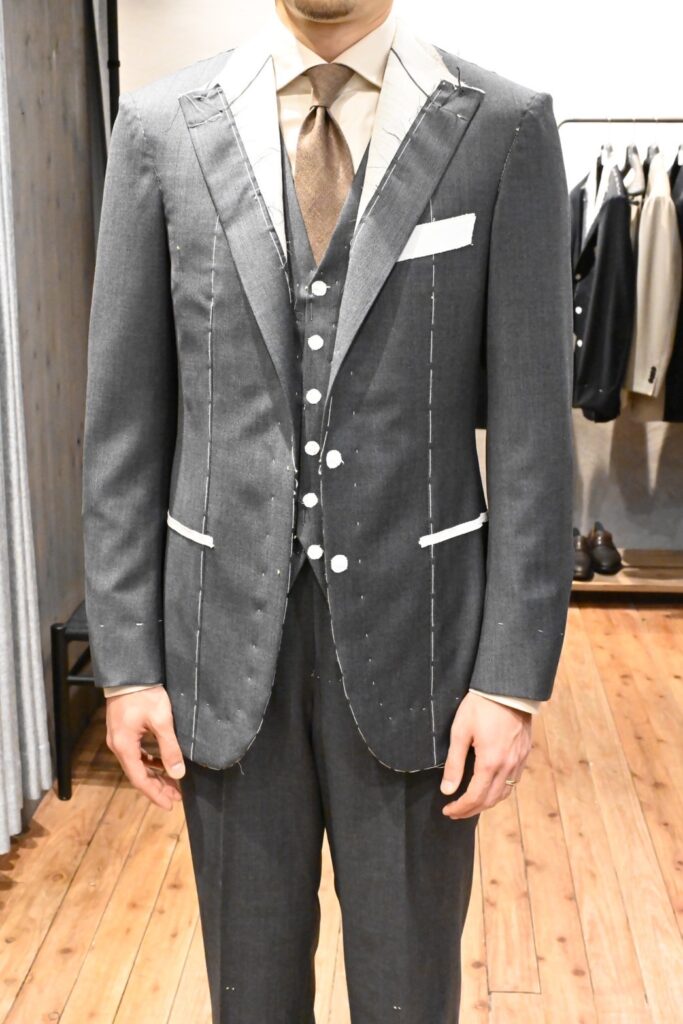
Beyond Preference: Tailor’s Checkpoints
Throughout the fitting process—looking at the trousers, waistcoat, and jacket—we mostly focused on elements that depend on personal taste: slimness, length, and so on.
But there are also areas where the tailor makes adjustments regardless of customer preference, purely for the sake of proper fit.
For example: shoulder width.
Mr. Saito said he would widen the shoulders by 5 mm.
Even though I didn’t feel any discomfort, he used his professional judgment to make subtle refinements.
He also made notes on things like armhole size and small creases, feeling the garment carefully and jotting down what to fix.
These are the kind of things where there’s a clear “right answer,” so they’re corrected automatically, without needing to check with the customer.
Seeing such a detailed and thoughtful fitting process really raised my expectations for the final result.
Impressions
What stood out most to me this time was how carefully Mr. Saito asked about my preferences.
Everything was done to make sure the final suit would match my personal style.
Some tailors have a clear in-house style and don’t ask much about customer preferences—which isn’t necessarily a bad thing.
Some customers might not have enough knowledge or confidence and would prefer to leave everything to the tailor.
Others might have a strong personal style and want to dictate every detail.
In my case, I have a general sense of what I like, but I know my tastes could change. So I’d rather trust a skilled professional and let them guide me.
At DORSO, I ended up leaving most of the details to Mr. Saito.
The only request I made was about the flowerhole.
I asked for it to be hand-sewn—but not in an obvious way(like a Milanese buttonhole). I prefer it to be subtle, something you only notice up close.
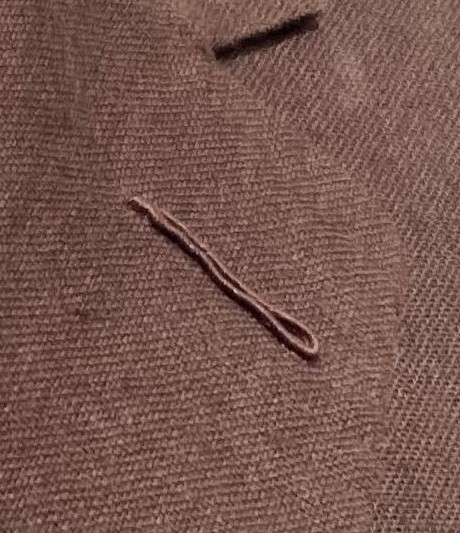
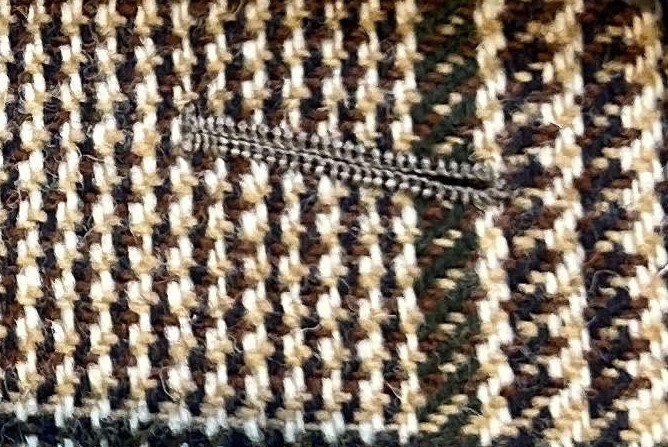
The finished suit is expected to be ready in February (2 months later from now on).
Until then, I’ll be counting the days in anticipation.
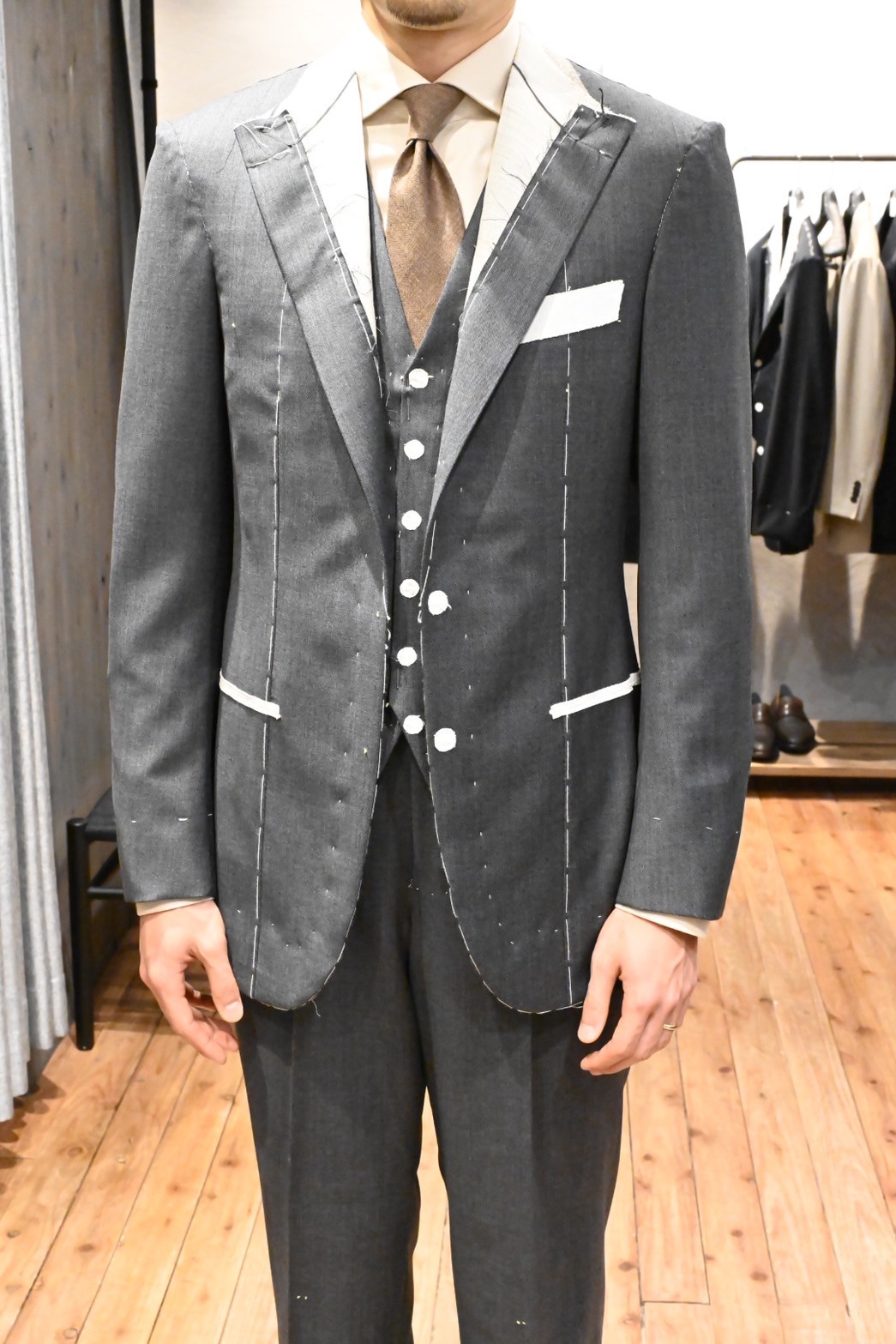







コメント